
Columnist; Science and Academics
The notions of expected value and house edge are essential in gambling theory and also in responsible gambling – they are statistical indicators characterizing every bet or game and stand as criteria for objective strategies, including for choosing between games.
The lottery is a special game of chance, and its specificity also pertains to its statistical indicators, including expected value and house edge.
In this article, we will explore how the expected value and house edge can be calculated for a given lottery, examine their differences from other gambling games, and discuss how they should be interpreted to gain an informed understanding of the lottery phenomenon and informed lottery play.
What is the expected value and house edge?
In gambling, the expected value (or mathematical expectation) of a bet expresses the average net gain or profit that the player would accumulate if placing that bet indefinitely many times.
It is calculated by the general formula: EV = probability of winning the bet x profit if won + probability of losing the bet x loss if lost, where the loss is expressed as a negative number.
The EV can also be expressed as a percentage, if relative to the stake of the bet. For instance, an EV = – 3% means that a player will lose on average 3% of their stakes if placing the same bet indefinitely many times.
The expected value of a bet, either as a number or percentage of the stake, should be negative for the bet to be profitable for the house over the long run, whatever the amounts wagered. This usually happens in most of the casino games, but there are games allowing optimal strategies, where a certain bet can come to have a positive expectation in certain circumstances, and players' strategies, like in blackjack.
The negative value of the EV indicates an amount that goes to the house. This is why the house edge or house advantage of a bet is defined as the opposite in sign of the expected value of that bet: HE = – EV.
The expected value and house edge can be defined for a game, not only for a bet in it, provided that the payouts associated with all possible bets are known. To arrive at the EV of a game (and implicitly its HE), we have to use the EV formula for all possible events (as bets), with their associated probabilities and payouts.
The EV and HE are statistical averages and should be interpreted as such. They are not arithmetical averages, but a special kind of weighted average, where the weights are probabilities. Therefore, they are mathematical limits and hence any interpretation of them in terms of actual play should still be abstract – the value of EV or HE gets materialized only in an infinite number of rounds of playing.
The EV and HE are statistical indicators standing as strategic criteria in some games, including in what concerns choosing between several games to play.
When the expected value and house edge are calculable
For the expected value and house edge to be calculable for a bet or game, all the factors in the formula of the EV must be known in advance or computable, according to that game's rules and setup.
For all classical casino games, the expected value of any bet is calculable – roulette, blackjack, baccarat, or craps – as every payout rate is known and the probabilities are computable, since those games' characteristics are transparent. The house edge of any bet in these games is calculable, and also the house edge of each game itself, except for craps, for the latter, due to its rules.
As for slots, the EVs are not computable, as long as the probabilities of winning the various prizes are not exposed (they are shown in the PAR sheet of every slot game).
Still, for a wide range of slot games in several jurisdictions, there is the statistical indicator called 'return to player (RTP)' or 'payback percentage', which is displayed.
The RTP is another percentage form of expressing the house edge of a slot game, from the player's perspective, by the relation RTP = 1 – HE.
In a lottery, we know in advance or can compute the probability of winning in each prize category; however, not all the payouts are known or determined.
In the most popular lotteries, the top prize is determined as a share of the total prize fund, which in turn is determined as a share of the ticket sales. Therefore, the EV and HE of such a lottery cannot be computed precisely; however, one may compute them for each fixed prize, where available.
Expected value and house edge for fixed prizes
To compute the EV of a fixed prize in a given lottery (not depending on the ticket sales and not being split between several winners), we take it as a bet and all we need for the computation is the cost of a line (c), the probability of winning it (p), and its payout (the prize, P). Introducing these factors in the general formula of the EV, we get: EV = p x (P – c) – (1 – p) x c = p x P – c
As percentage, EV(%) = (p x P)/c – 1
Example:
The third-tier prize in Powerball, with a fixed payout of $50,000 and a probability of 1/913,129.18, has the expected value:
EV = (1/913,129.18) x $50,000 – $2 = – $1.945
This should be interpreted as you are expected to lose on average $1.945 for every $2 bet or purchased line (or $0.972 for every dollar bet).
As a percentage, the EV of this bet is EV(%) = – 0.972 = –97.20%.
The house edge of this bet is HE = 97.20%
There are lotteries whose all prize tiers are fixed and do not depend on ticket sales or rollovers. For these lotteries, the house edge can be computed precisely.
For example, the UK national lottery ‘Set for Life’ (5/47 and 1/10 ball), offering ₤10,000 per month for 30 years or one year as its top prizes, and fixed lower amounts as its lower-tier prizes. Cost per line is ₤1.50.
| Match | Prize (P) | Probability (p) | P x p |
|---|---|---|---|
|
5 + Life Ball |
£3,600,000 |
0.0000000651 |
0.23436 |
|
5 |
£120,000 |
0.000000587 |
0.07044 |
|
4 + Life Bal |
£250 |
0.00001369 |
0.0034225 |
|
4 |
£50 |
0.000123 |
0.00615 |
|
3 + Life Ball |
£30 |
0.000459 |
0.01377 |
|
3 |
£20 |
0.00413 |
0.0826 |
|
2 + Life Ball |
£10 |
0.00532 |
0.0532 |
|
Total: |
0.0100463421 |
0.4639425 |
|
|
EV = 0.4639425 – ₤1.50 x 0.0100463421 – ₤1.50 x (1 – 0.0100463421) = – ₤1.036 EV(%) = – 69%. HE = 69% |
|||
There are lotteries where each prize is expressed as a fixed amount of money; however, their total top prizes are still variable and not known in advance. It's about lotteries offering winners prizes as regular cash over their lifetime (a certain amount of money daily, weekly, or yearly). Some Pick 3, Pick 4, and Pick 5 state lotteries or Cash4Life are examples of such lotteries.
It's not possible to estimate the total amount of such a top prize, because things like how long one has left to live or among how many winners the prize is divided are unknown. As long as the payout is not determined, you can’t make a precise estimation of the expected value of such a bet and the house edge of that lottery.
A particular situation that allows the computation of the EV and HE is for the lotteries where the player may choose one play type associated with one prize. In this case, the EV/HE of any prize (as bet) is the EV/HE of that game. Many Pick 3 or Pick 4 state lotteries fall within this situation.
Example:
In the Pick 3 base game at the Florida Lottery, the straight play type for $1 wager (where the probability of winning is p = 1/1,000 and the payout is $500) has the following expected value: EV = [(1/1,000) x $500)] – $1 = – $0.50. EV(%) = –50% and HE = 50%
Here are the statistical indicators for each type of play/prize in the prize schedule of this game, for $1 play:
| Play Types | Probability | Prize | EV | HE |
|---|---|---|---|---|
|
Straight |
1/1,000 |
$500 |
–50% |
50% |
|
Box (3-Way) |
1/333.33 |
$160 |
–52.3% |
52.3% |
|
Box (6-Way) |
1/166.67 |
$80 |
–52.6% |
52.6% |
|
Straight/Box 3-Way (Straight) |
1/1,000 |
$330 |
–50.8% |
50.8% |
|
Straight/Box 3-Way (Box) |
1/333.33 |
$80 |
–76% |
76% |
|
Straight/Box 6-Way (Straight) |
1/1,000 |
$290 |
–51.4% |
51.4% |
|
Straight/Box 6-Way (Box) |
1/166.67 |
$40 |
–76% |
76% |
|
Front Pair |
1/100 |
$50 |
–51% |
51% |
|
Back Pair |
1/100 |
$50 |
–51% |
51% |
Of course, the expected value of a single prize is not a relevant statistical indicator for playing at a certain lottery with several prizes, whose house edge can be computed only when all possible payouts and their probabilities are employed in the formula. The most popular lotteries have top prizes as jackpots, and players would be interested in the statistical indicators of these lotteries.
This is why an approximation would be useful in order to estimate the overall expected value and house edge in a given lottery with undetermined top prizes.
Approximations of the house edge of a variable jackpot lottery
There are two methods of approximating the house edge of a lottery with a variable jackpot.
One is by ignoring the jackpot term in the equation of the EV, and is justified by the value of the probability for this prize, which is very close to zero. Yet this method is somehow relevant only if the actual payout is not of a close order of magnitude with the inverse of this probability, as the two factors multiplied in the formula of the EV show. For instance, at a 6/49 lottery, the top prize has a probability of 1 in 13,983,816, that is, about 0.0000000715. If the jackpot is, say, $100,000, the product P x p gets $0.0071, which can be ignored when averaging the whole EV. If, however, the jackpot is $2 million, the product becomes $0.143, which counts more in the EV.
The method also loses relevance when the probabilities for the second and even lower-tier prizes are very close to zero as well, and in a similar order of magnitude to the top-tier prize probability, as the whole EV is a statistical average, and not an arithmetical average.
For example, the Powerball jackpot probability is 1 in 292,201,338.00, far lower than the second-tier prize probability (1 in 11,688,053.52). However, the jackpot value is usually in the order of tens to hundreds of millions. This is why approximating the EV by removal of the jackpot term is not recommended.
The alternative is to use an average of the jackpot over a definite period of time, say, ten years, and compute the EV as the jackpot would be fixed at that average value.
In Powerball, assuming an average jackpot of about $300.000.000, we have the following input data for computing an approximated HE, for a regular $2 game:
| Match | Prize (P) | Probability (p) | P x p |
|---|---|---|---|
|
5 + Ball |
$300,000,000 |
0.00000000342297 |
1.026891 |
|
5 |
$1,000,000 |
0.000000085557445 |
0.085557445 |
|
4 + Ball |
$50,000 |
0.000001095135301 |
0.05475676505 |
|
4 |
$100 |
0.000027378380442 |
0.0027378380442 |
|
3 + Ball |
$100 |
0.000068993542894 |
0.0068993542894 |
|
3 |
$7 |
0.001724851662757 |
0.012073961639299 |
|
2 + Ball |
$7 |
0.00142586229022 |
0.00998103603154 |
|
1 + Ball |
$4 |
0.010871928680147 |
0.043487714720588 |
|
Ball |
$4 |
0.026096033402922 |
0.104384133611688 |
|
Total: |
0.040216232075098 |
1.346769248386715 |
|
|
EV = 1.346769248386715 – $2 x 0.040216232075098 – $2 x (1 – 0.040216232075098) = – $0.6532 EV(%) = – 32.66%. HE = 32.66% |
|||
Of course, we would get another result if we chose another average value for the jackpot.
In our example, the result is that you will lose, on average, about $0.65 for every purchased line in the long run (or about $0.33 for every dollar spent).
But what exactly does this mean? That one will never make a profit from the lottery, or playing regularly is worthless? I will try to answer that in what follows, by interpreting house edge and expected value in the particular case of the lottery.
Lottery versus casino games in statistical terms
Even with the few concrete examples above, you may see that the house edge in the lottery is far higher than the house edge in classical casino games. For instance, the house edge for slots usually ranges between 2 and 10%, roulette has a house edge between 2.70% and 5.26%, while blackjack stands in the top position for the lowest house edge, under 1% in conditions of optimal play.
In a lottery, not only is the house edge of a different order of magnitude from the casino games (up to over 90%), but the probabilities of winning top prizes are well known as “microscopic”.
It seems that such bad odds (referring to both the probability of winning and house advantage) do not prevent the lottery from sharing the top positions of the most popular games of chance with other casino games. Psychologists have given multiple explanations for that, one being that just dreaming of the life-changing big hit is a reward in itself, fueling the desire to play against the odds and regular playing. Other features of the lottery, like the support of good causes, also help explain playing regularly against the odds.
Besides these psychological factors, the high house edge of the lottery and implicitly a low expected value actually may not offer the lottery players a reason for quitting the game, if they are understood and interpreted correctly.
How the expected value and house edge get or do not get materialized
In theory, these notions are those of a statistical average, which is a mathematical concept hard to understand and perceive for many players. An inadequate interpretation of this concept grounds many gambling-specific cognitive distortions, including the gambler's fallacy.
House edge and expected value are abstract notions, and their interpretation in the real world of gambling is not literal or straightforward. A given (negative) expected value does not reflect an overall loss over a definite interval of time or playing, no matter how long. It actually reflects a limit, which would be attained only in an infinite series of experiments (rounds of playing). The longer you play, the more your overall gain or loss approaches this limit. That is, if we were immortal regular gamblers, we would never make a profit out of gambling. Since this is not the case, our expectations will not align with the statistical indicators of a game. In particular, the (abstract) expected value and house edge do not come to fruition in the real (limited) play. Players' winning hopes in gambling stem from this mismatch between the abstract statistical notions and actual play.
One major difference between lottery and casino games is that we have the chance to play the former at most a few times a week, while we could play a game in the latter category for hundreds or thousands of rounds in a day (if our bankroll allows this).
The chase prizes in the lottery are jackpots and second-tier prizes, which contribute significantly to the overall expected value of a lottery game. However, we should not forget that they are associated with microscopic probabilities of winning.
In a frequentist's terms, these low probabilities would translate into a huge number of playing rounds needed on average for the occurrence of such a win. For instance, to win the Powerball jackpot (played three times a week), that has a probability of 0.00000000342297 for one line, would require about 2,029,176 years on average to wait for a win, or 202,918 years if playing, say, ten lines at each draw to increase the chances. As long as this event won't happen with a “decent” frequency, our estimated expected value and house edge of the Powerball lottery won't be realized in one's play over their lifetime.
Things are different in casino games. In blackjack, an a priori probability of about 48% to beat the dealer in conditions of a large number of hands played during a session, makes the standard house edge of blackjack materialize with a good approximation over, say, one month of playing regularly, when wins and losses alternate frequently. The argument also stands for roulette bets, as well as for other games.
This specificity of lottery with respect to the non-homogeneity of the occurrences of the possible events makes, of course, the computed expected value or house edge lose relevance for most of the lottery games and gives more credit to probability instead as a relevant criterion of analysis and choice.
It may sound weird, but the huge house edge of lottery compared to the casino games actually turns to be a kind of advantage for the lottery player dedicated to this game – If the expected value does not get materialized for the player, there is no reason for them to aim at a regular or overall profit in this game, nor to elaborate individual strategies, and all that remains to be chased is a big prize in a lucky draw, at least for the popular lotteries.
Findings of psychology studies on lottery players align with this conclusion. Lottery players usually ignore the odds of any kind (probabilities or statistical indicators like expected value), and the motives driving their behavior are mainly related to the “what if” sensation, which actually reflects the magnitude of the odds themselves. Hence, lottery players don't take house edge as a criterion of choosing between games, and by that, they maintain the special status of lottery among the gambling games.
What's the conclusion?
Expected value and house edge of a lottery game can be computed precisely only when the payout schedule is known, that is, all prizes are fixed. In lotteries with variable jackpots, these statistical indicators can be estimated by approximation, using an average jackpot over a definite time.
House edge in lottery is far higher than in casino games (tens to one hundred times higher), yet it does not materialize in one's play over the long run, due to the very low probabilities of winning the top prizes. This fact makes expected value and house edge in lottery relevant just from a general statistical perspective and not from any strategic perspective for the players, for which playing against the lottery odds is part of the fun of the game.
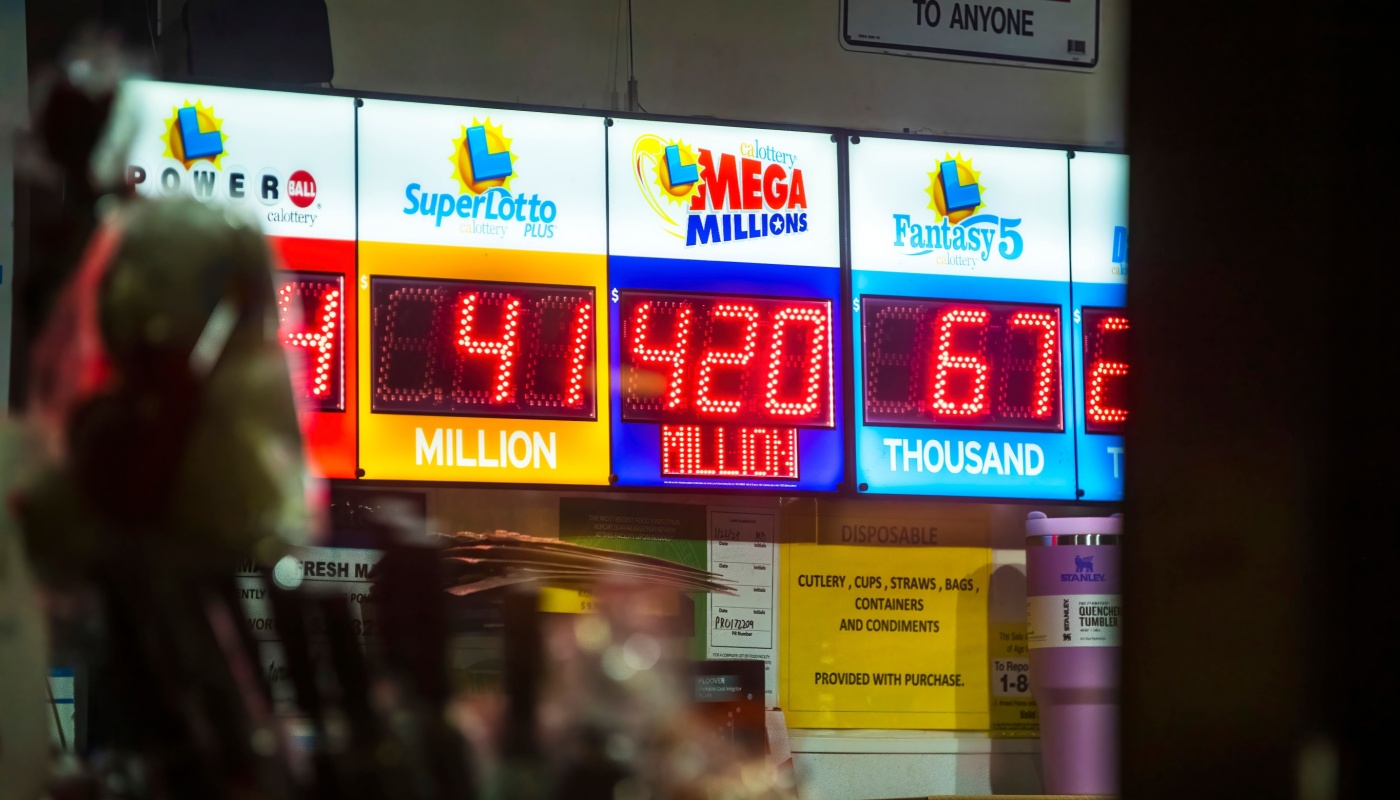
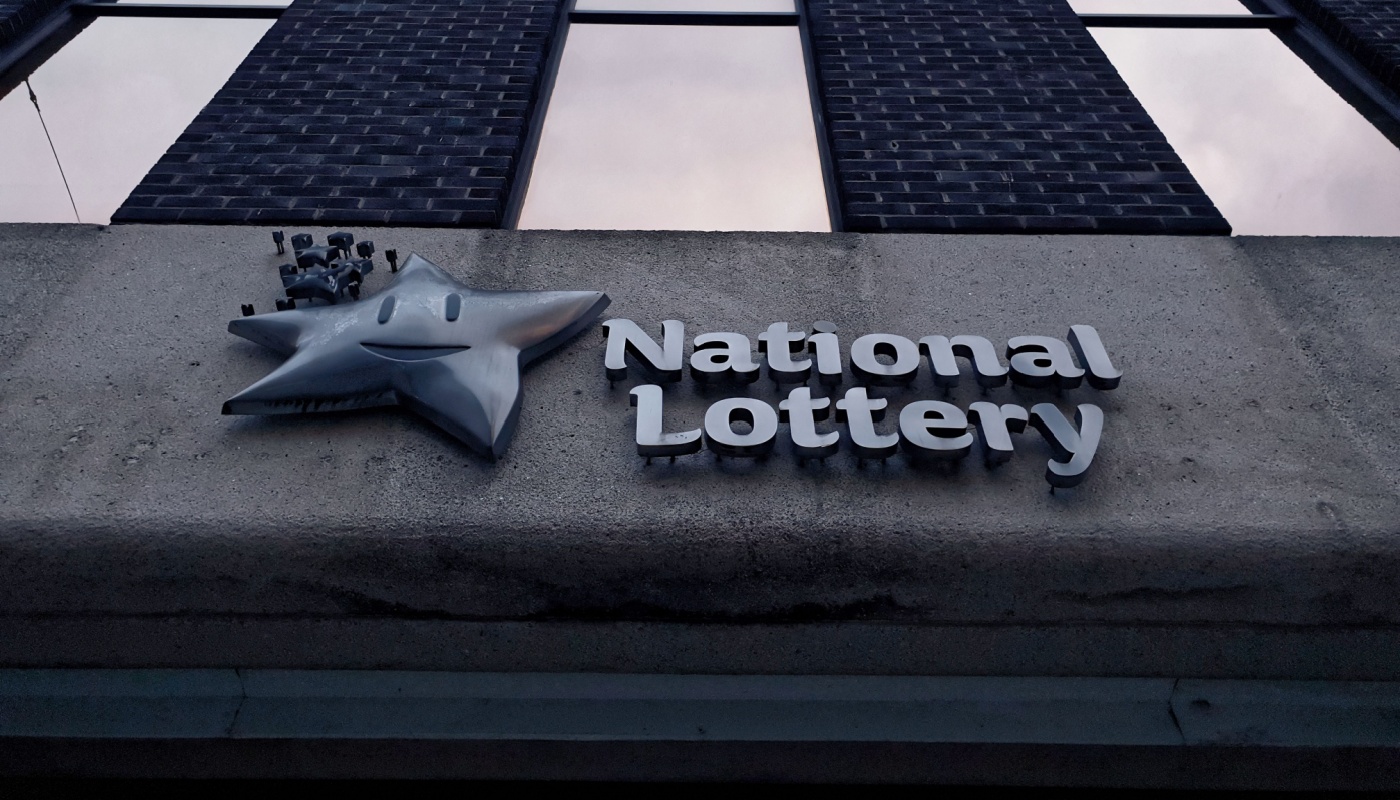

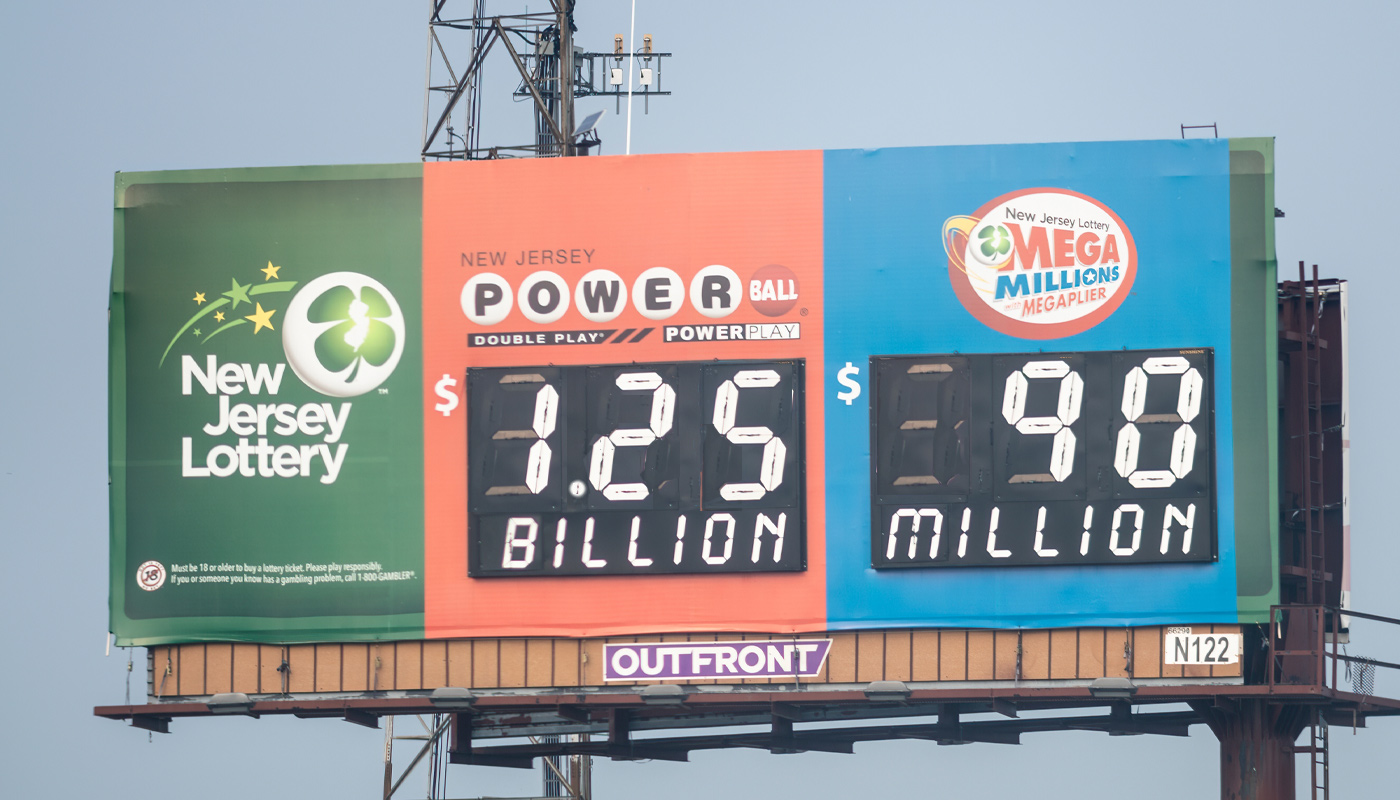


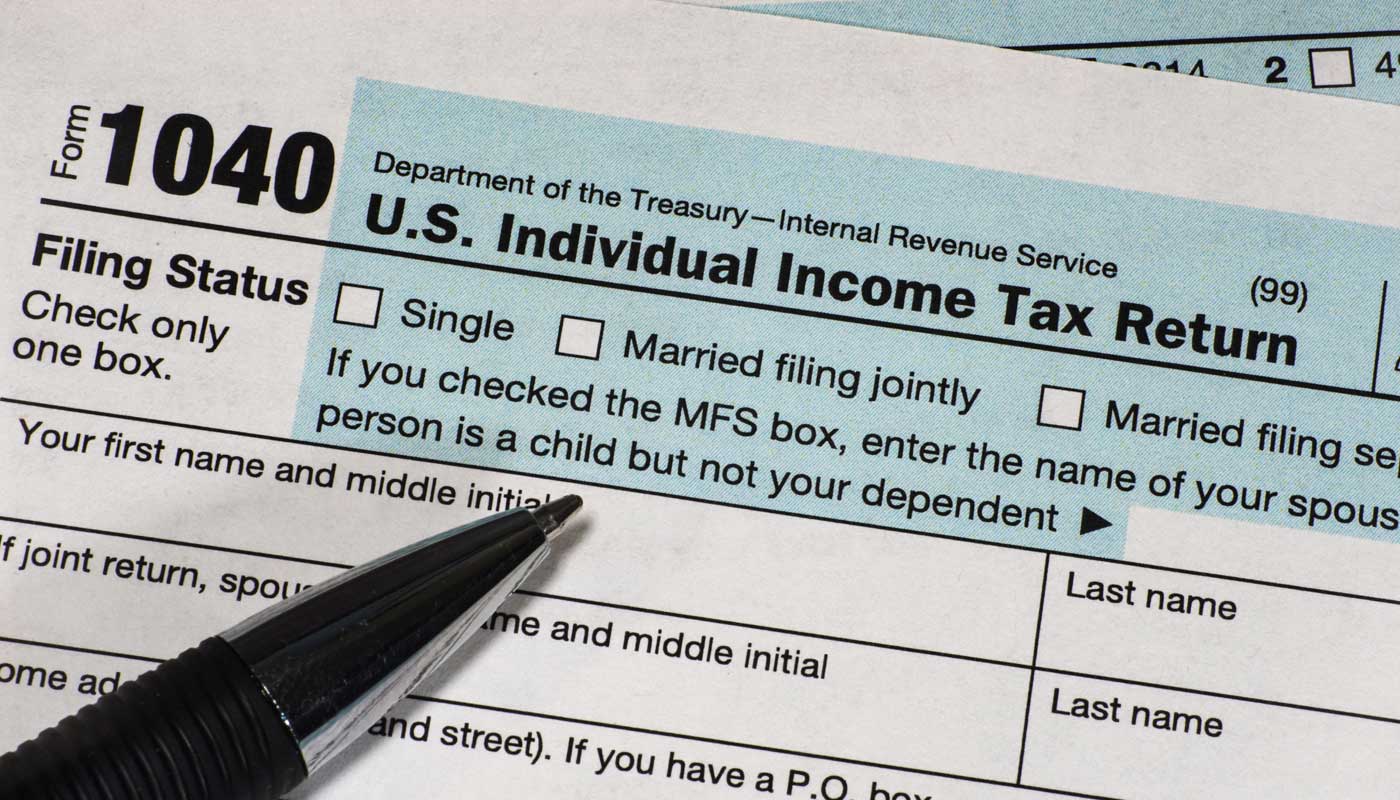



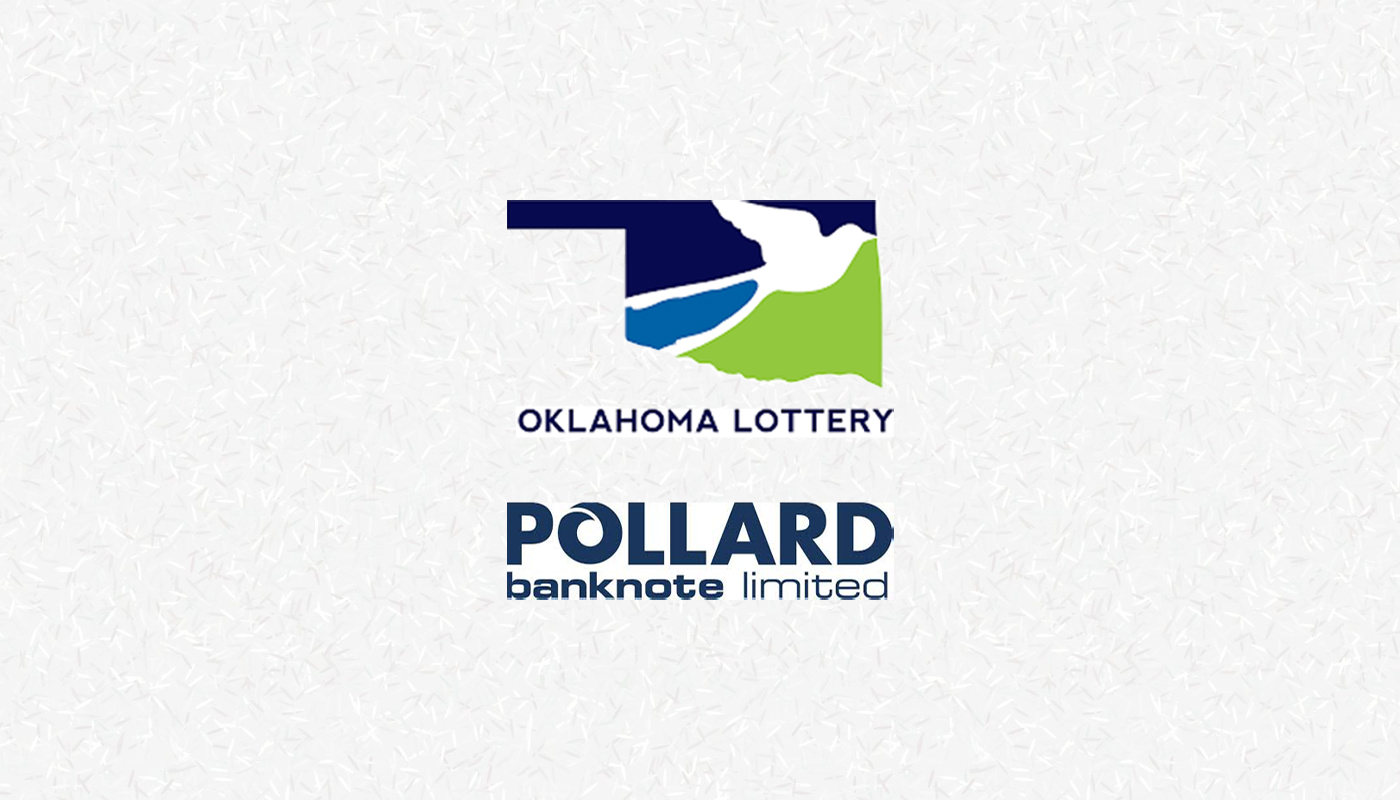









Comments